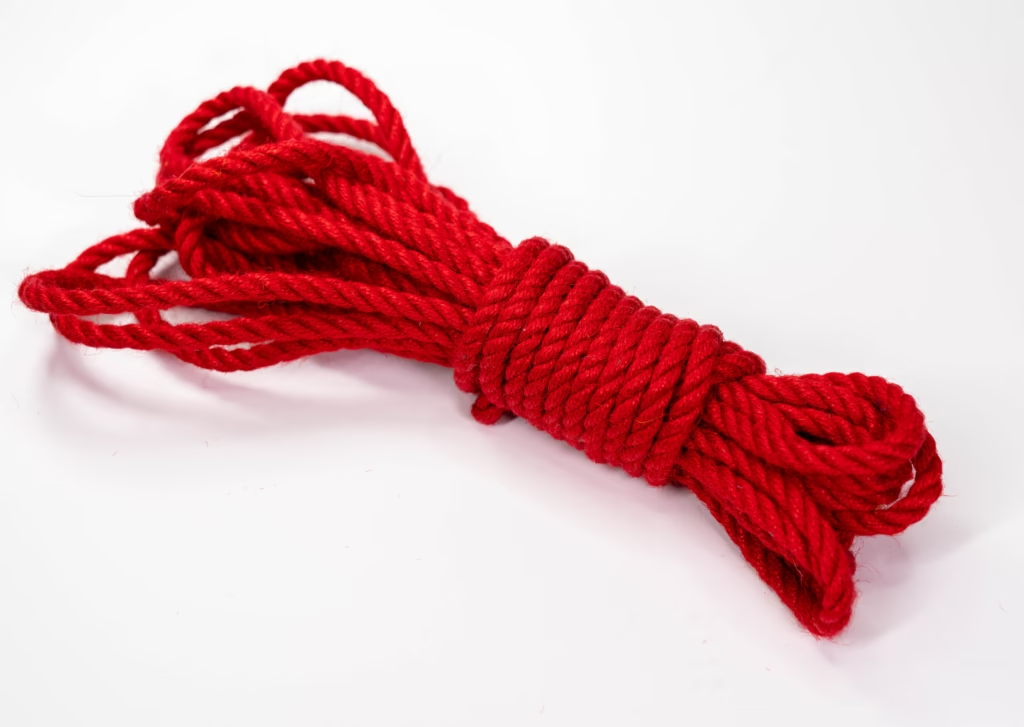Flogging—a practice rooted in ancient discipline, religious rites, and military punishment—has undergone a radical transformation in the modern era. Today, it exists largely within consensual BDSM and kink communities, where it is practiced not as punishment, but as an intimate art form, often aimed at providing both physical sensation and emotional connection.
Understanding the Basics
Flogging involves striking the body with a multi-tailed whip, typically called a flogger. The sensation can range from light and thuddy to sharp and stingy, depending on the flogger’s material, construction, and the wielder’s technique.
Components of a Flogger
- Falls: The individual tails, which can be made of leather, suede, rubber, or even rope.
- Handle: Usually rigid, allowing for grip and control.
- Knot/Butt: The end of the handle, often weighted for balance.
The type and weight of the flogger determine the level of impact and sensation, making material choice key in modern flogging practices.
Technique Over Force
In modern BDSM, flogging is about rhythm, control, and intentionality rather than brute strength. Here are several contemporary techniques used by experienced practitioners:
1. Figure-Eight (Infinity) Pattern
This is a foundational technique where the flogger moves in a horizontal figure-eight motion across the body. It provides a rhythmic, even sensation and is ideal for warm-ups. It also minimizes the chance of wrapping—a common mistake where the flogger’s tails strike around the body and land off-target, sometimes painfully.
2. Florentine Flogging
An advanced technique using two floggers—one in each hand—in alternating, often hypnotic patterns. Florentine flogging demands ambidexterity and timing. It is visually stunning and often used in performance art or ritual scenes.
3. Drumming
This involves rapid, short strikes, often targeting a smaller area with both precision and control. Drumming is used for building intensity slowly and delivering sensations in a concentrated area, such as the upper back or buttocks.
4. Punch Flogging
A percussive style where the flogger is swung in a tight arc, similar to a punch. It delivers a deeper, thuddier sensation and is often used mid-scene when more intensity is desired.
5. Sweep and Tap
Using light, sweeping motions across the skin, this technique is excellent for teasing, sensation play, and warm-up. It’s ideal for beginners and can be integrated with other tools like feathers or hands for a sensual scene.
Safety and Aftercare
Modern flogging emphasizes consent, safety, and aftercare:
- Consent and Negotiation: Before any scene, partners should discuss boundaries, safewords, and desired sensations. Clear, informed consent is essential.
- Target Zones: Safe areas include the upper back, buttocks, and thighs. Avoid joints, the spine, kidneys, and neck unless highly experienced.
- Aftercare: Post-scene care might include hydration, soothing lotion, cuddling, or discussion. Flogging can be physically and emotionally intense; aftercare helps ground both parties.
Tools and Innovation
Flogging has expanded beyond leather. Vegan materials, custom-made artisan floggers, LED-illuminated falls, and hybrid tools that combine floggers with paddles or electro-play have emerged. These innovations reflect a broader push for creativity, inclusivity, and sustainability within kink.
Flogging as Connection
At its best, flogging is more than just impact play. It’s a dance—a form of nonverbal communication between top and bottom. With breath, rhythm, and mindfulness, it becomes an experience that is cathartic, sensual, and deeply connecting.
Whether you’re a curious beginner or a seasoned player, modern flogging offers a rich landscape of sensation, creativity, and consensual connection. Like any art, it takes time and practice to master—but in the hands of a thoughtful practitioner, it can be both beautiful and transformative.
